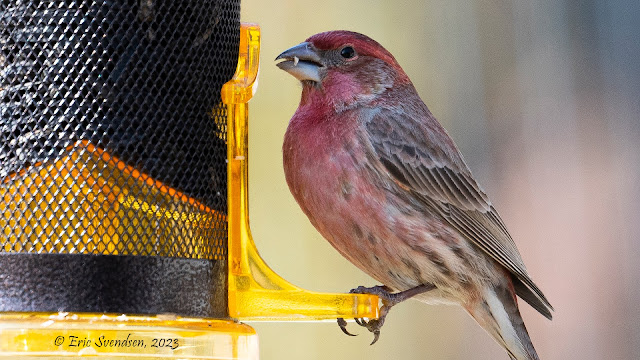Altering aperture in cell phones

Smart phones usually don't have variable apertures. They employ something called an artificial aperture. By far the majority (some Samsung phones excluded) of cell phone cameras use what is called a fixed aperture. The small size of the camera's sensor produces quite a bit of depth of field, even when aperture values are at low values such as f/1.4. By choosing portrait mode, you can artificially alter the aperture value. This is done in-camera and actually has nothing to do with the aperture of the lens. A very small camera in the front camera array is a ToF (time of flight) camera with a sensor designed to determine distances of the scene in front of you. In portrait mode, there is an aperture bar that appears underneath the image. By sliding the bar to the left or right you can emulate aperture values. Apple uses actual f/numbers while Android uses the numbers one through seven. What is interesting about this is that the actual aperture, shutter speed, and ISO values









